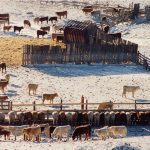Canadian livestock producers say funding to prepare for foot-and-mouth disease is a relief. Ottawa announced in last week’s federal budget it will allocate $57.5 million over five years to establish a vaccine bank and develop response plans. It also expects provinces to participate. Agriculture minister Marie-Claude Bibeau said she was pleased the long-standing request from […] Read more
Beef cattle

B.C. doubles seats for vet students
British Columbia is doubling the number of subsidized seats for B.C. veterinary students who attend the Western College of Veterinary Medicine at the University of Saskatchewan. According to the B.C. government, the number of provincially subsidized seats in the WCVM’s Doctor of Veterinary Medicine program will permanently increase to 40 from 20, with the support […] Read more
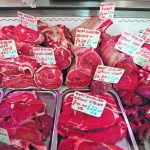
Japan eases final BSE-related beef restriction
Producers welcome Japanese move but oppose U.K. inclusion in Trans-Pacific Partnership because of tough hormone-free rules
One trade door has opened while another remains firmly shut for Canadian beef exports. Japan has lifted its final BSE-era trade barrier to beef imports but the United Kingdom has said it will keep its market closed despite signing an international trade deal of which Canada is a member. Japan recently lifted its ban on […] Read more
Stolen cattle recovered
A 48-year-old man faces criminal charges after Saskatchewan and Alberta RCMP recovered 10 head of cattle that were stolen in Thorhild, Alta., and taken to a pasture near Martensville, Sask. The recovered cattle are worth more than $25,000. Alvin Hamm has been charged with possession of property obtained by crime over $5,000. He is scheduled […] Read more
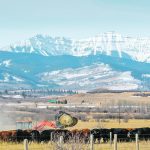
Alta. beef producers reduce CCA contribution
Agreement to lower Canadian Cattle Association funding by $500,000 prompted by increased check-off refund requests
The Canadian Cattle Association has approved an agreement that will lower its national funding by about $500,000 this year but will provide more financial stability to Alberta Beef Producers. The agreement, which takes effect July 1, means ABP contributions to the CCA will be based on funds ABP collects in check-off fees after producer refunds […] Read more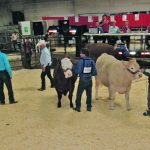
Proposed livestock traceability changes alarm ag societies
Federal government considers making fairs, exhibitions and veterinary clinics more responsible for tracking animals
The Canadian Association of Fairs and Exhibitions says proposed new federal traceability regulations will impede the ability of volunteer agricultural societies to hold events. At issue is proposed changes under the Health of Animals Regulations, which would address what the government says are gaps in reporting movement of livestock. Even in areas that are covered […] Read more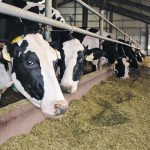
Researchers work to develop Johne’s vaccine
Universities of Calgary and Saskatchewan both developing vaccines, and there are plans to see if they can be combined
Researchers at the University of Calgary are one step closer to introducing a vaccine that will help dairy producers combat Johne’s disease in cattle. While Johne’s disease — an ailment closely related to tuberculosis — can be found in all ruminants, it is particularly high in dairy cattle. As much as 50 percent of Alberta’s […] Read more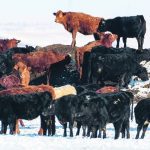
No miracle solutions expected to reduce cattle emissions
Nobody should expect a miracle additive or measure to shut down methane emissions from cattle, says a senior Agriculture Canada researcher. Methane comes from the fundamental process of ruminant digestion, so it’s unlikely to be eliminated while productivity is maintained. “For the most part, these are going to only result in marginal reductions in methane […] Read more
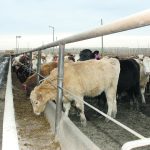
Opportunistic microbes can use underlying conditions
Infectious diseases occur when something tips the balance of the complex interactions between the host, pathogen and their environment. In terms of microscopic pathogens, the main ones include viruses, bacteria and fungi. These pathogens are often categorized into two groups based on fundamental characteristics: primary pathogens and opportunistic pathogens. Understanding these groups is a key […] Read more
Canfax report
This cattle market information is selected from the weekly report from Canfax, a division of the Canadian Cattlemen’s Association. More market information, analysis and statistics are available by becoming a Canfax subscriber by calling 403-275-5110 or at www.canfax.ca. Historic highs for fed Alberta fed cattle prices established new historic highs again last week. The bulk […] Read more

